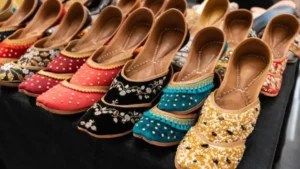
Indian Army will organize “Bijoya Sanskritik Mahotsav” from 26 to 29 September in Kolkata. This Mahotsav will be observed to mark the golden jubilee of the India-Pak war 1971. The event will be inaugurated by Lieutenant General Manoj Pande, Army Commander, Eastern Command. Various cultural programs including a film screening, theatre plays, musical concerts, and band performances will be conducted during this event. It will be organized as part of the Swarnim Vijay Varsha celebrations to commemorate the golden jubilee of the India-Pak war.
Buy Prime Test Series for all Banking, SSC, Insurance & other exams
About the India- Pak war 1971:
- The war started on 3 December 1971 and ended on 16 December 1971. It was a military confrontation between India and Pakistan for the Independence of Bangladesh.
- The war started when Pakistan launched airstrikes on 11 Indian airbases. It was perhaps the first time in which India’s all three forces fought in unison.
- The war ended after the chief of the Pakistani forces, General Amir Abdullah Khan Niazi, along with 93,000 troops, surrendered to the joint forces of the Indian Army and Bangladesh’s Mukti Bahini.
- On August 2, 1972, India and Pakistan signed the Shimla Agreement under which the former agreed to release all the 93,000 Pakistani prisoners of war.




 Which Indian City is Known as the Footwe...
Which Indian City is Known as the Footwe...
 Which Desert is known as the Cold Desert...
Which Desert is known as the Cold Desert...
 Top-10 News Media Companies in the World...
Top-10 News Media Companies in the World...







